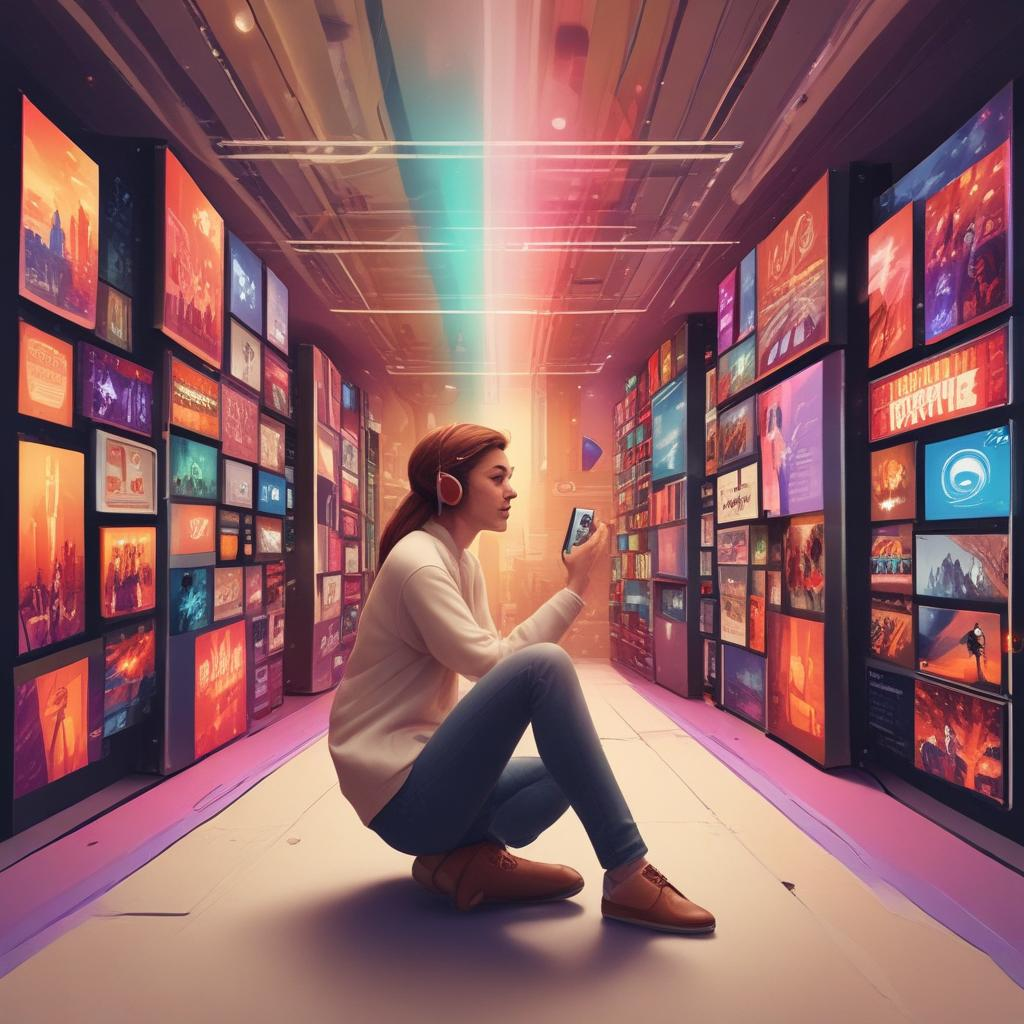Imagine stepping into a vibrant, digital world where every interaction tells a story—a world where a brand isn't just a name or a logo, but a living entity with which you can interact. This is the story of Emily, a marketing strategist who ventured into the metaverse for the first time and discovered the dynamic power of immersive brand storytelling. Emily entered a digital realm created by her favorite coffee brand. As she navigated this world, she experienced the brand’s history through interactive timelines, tasted coffee in a virtual café, and even attended a live event where the founder shared the company’s future vision. This wasn't just about consuming content; it was about living within the story of the brand itself.

The concept of storytelling in marketing is not new, but the emergence of the metaverse—a collective virtual shared space created by the convergence of virtually enhanced physical and digital reality—has transformed the way narratives can be crafted and experienced. Immersive brand storytelling in the metaverse isn't just a way to tell a story; it's an opportunity to let people live and breathe the brand narrative, creating an emotional and unforgettable connection.
In the metaverse, the limits of storytelling are bound only by imagination. Unlike traditional media, the immersive nature of the metaverse allows consumers to interact with the story in a three-dimensional space, offering a deeper and more personal experience. This interaction doesn't just increase engagement; it fosters a stronger bond between the brand and the consumer, which can lead to increased loyalty and brand advocacy.
What is Immersive Brand Storytelling in the Metaverse?
Immersive brand storytelling in the metaverse refers to the techniques and strategies used to weave brand narratives within virtual worlds. These narratives are designed to envelop users in the brand’s ethos and values, utilizing the capabilities of virtual reality (VR), augmented reality (AR), and web technologies to create compelling, multi-sensory experiences.
Essential Elements of Immersive Brand Storytelling
- Interactivity: Unlike static messages of traditional advertising, the metaverse allows consumers to engage directly with various elements of the story. This could be as simple as choosing which path to follow in a narrative, or as complex as influencing the story's outcome based on decisions made within the environment.
- Personalization: Stories can be tailored to individual users in real-time based on their actions and preferences. This personal touch not only enhances engagement but also makes the experience more relatable and appealing.
- Multi-sensory Experience: The metaverse can engage multiple senses, offering visual, auditory, and even haptic feedback, making the brand story a lived experience rather than merely a tale told.
- Spatial Narratives: The three-dimensional environment of the metaverse allows for spatial storytelling where the space itself becomes a storyteller, guiding the user through different settings to unveil different aspects of the brand's narrative.
Benefits of Immersive Brand Storytelling in the Metaverse
One of the primary benefits of immersive brand storytelling is enhanced user engagement. By participating in the story, users are more likely to develop a deeper connection with the brand. Moreover, the vivid and interactive nature of the metaverse makes the brand's message memorable, reinforcing identity and values through every element of the universe it creates.
Additionally, immersive storytelling in the metaverse transcends traditional demographic barriers. It appeals to a broader audience by offering multiple entry points into the narrative, regardless of the user's background or age. The interactive and customizable nature of the experience means that it can cater to different tastes and preferences, making it a powerful tool for global brands.
Challenges of Immersive Brand Storytelling in the Metaverse
- Technological Constraints: Creating detailed and interactive environments requires significant resources and advanced technology, which may be beyond the reach of smaller brands.
- User Accessibility: Despite its growing popularity, not everyone has access to the devices needed to fully experience the metaverse, which could limit the reach of metaverse-based campaigns.
- Complexity of Story Creation: Crafting a narrative that remains engaging and coherent across different interactive and multi-sensory touchpoints can be challenging, requiring skilled storytellers and technologists.
Despite these challenges, as technology advances and becomes more accessible, the potential for immersive brand storytelling in the metaverse only grows. Innovations in VR and AR, along with increased internet speeds and better hardware, are gradually overcoming these barriers, paving the way for more sophisticated and accessible metaverse experiences.
Case Studies of Successful Brand Storytelling in the Metaverse
Many brands have already started exploring the potential of the metaverse to tell their stories. For instance, a popular sports shoe brand launched a virtual world where users can design and test shoes on digital avatars, experiencing the brand's focus on innovation and design firsthand. Another example is a luxury fashion brand creating an exclusive, invite-only virtual showroom where guests can view and interact with the latest collections in a meticulously crafted digital environment.


.jpg)
.png)
.png)


0 Comments